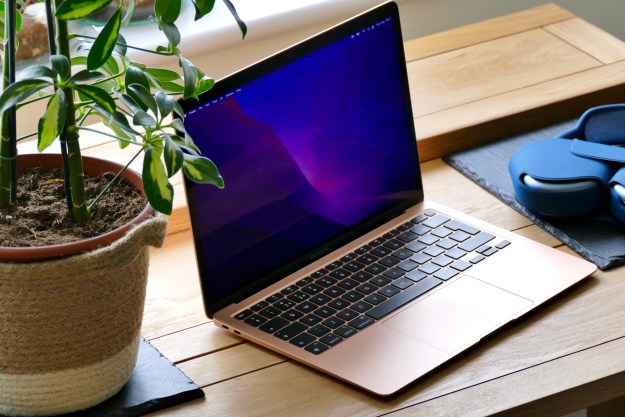
Oxford Dictionaries’ has chosen as its international Word of the Year 2013…..(drum roll, please)…..selfie!
We can’t say we’re surprised. The word has been all over the media just lately, as have selfies. Which is why it’s been all over the media….
Defined by the dictionary peeps as “a photograph that one has taken of oneself, typically one taken with a smartphone or webcam and uploaded to a social media website,” selfie won out over some tough competition, with twerk, showrooming, bitcoin, and binge-watch also in the running.
Oxford Dictionaries says that to become Word of the Year a word or expression must have “attracted a great deal of interest during the year to date.”
With research conducted by Oxford Dictionaries editors showing the frequency of the word selfie in the English language having increased by 17,000 percent in the last 12 months, I think we can safely say that, yes, it’s attracted a great deal of interest.
Earliest known use was by an inebriated party-goer
The earliest known use of the word ocurred in 2002, appearing on an Australia-based online forum having been written by an apparently inebriated party-goer with a smashed up face:
“Um, drunk at a mates 21st, I tripped ofer [sic] and landed lip first (with front teeth coming a very close second) on a set of steps. I had a hole about 1cm long right through my bottom lip. And sorry about the focus, it was a selfie.”
While use of the word has increased gradually since then, it’s positively exploded more recently with the increasing ownership of camera-equipped smartphones and popularity of apps like Instagram.
“Social media sites helped to popularize the term, with the hashtag #selfie appearing on the photo-sharing website Flickr as early as 2004, but usage wasn’t widespread until around 2012, when selfie was being used commonly in mainstream media sources,” Oxford Dictionaries’ Judy Pearsall explained.
She added, “In early examples, the word was often spelled with a -y, but the -ie form is more common today and has become the accepted spelling. The use of the diminutive -ie suffix is notable, as it helps to turn an essentially narcissistic enterprise into something rather more endearing. Australian English has something of a penchant for -ie words – barbie for barbecue, firie for firefighter, tinnie for a can of beer – so this helps to support the evidence for selfie having originated in Australia.”
On its Word of the Year page, Oxford Dictionaries also describes some of the selfie spin-off words that have emerged in the wake of selfie’s increasing use, including helfie (a picture of one’s hair) and belfie (a picture of one’s posterior); a particular activity – welfie (workout selfie) and drelfie (drunken selfie), and, more ridiculously, words like shelfie and bookshelfie, presumably referring to photos taken by those who hold particular elements of their household furnishings in high esteem.
[Source: OED]


